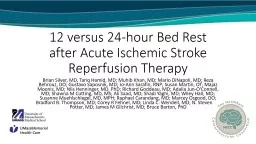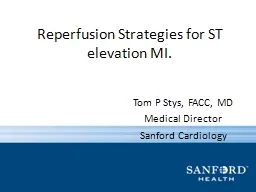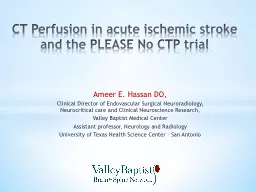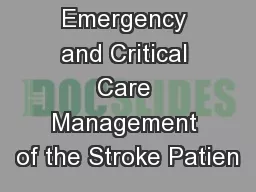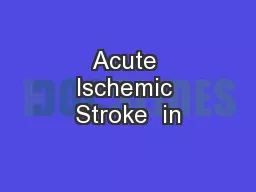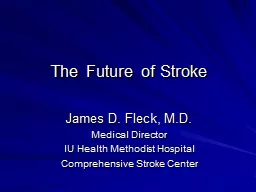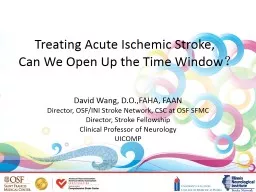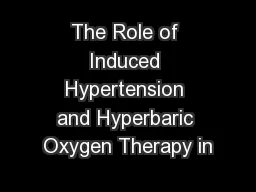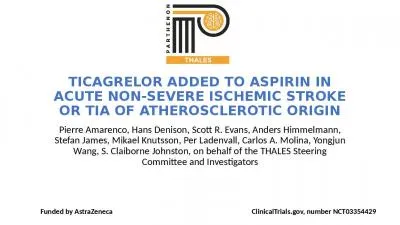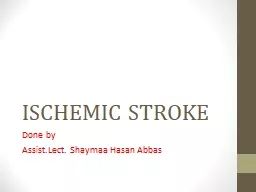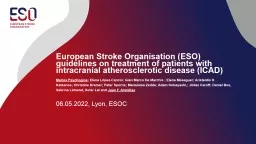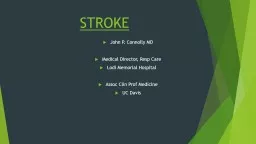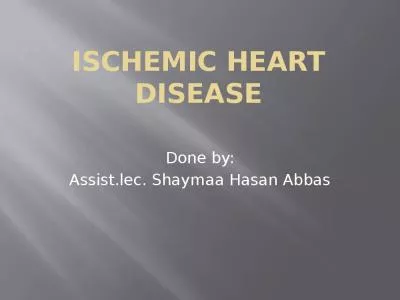PPT-12 versus 24-hour Bed Rest after Acute Ischemic Stroke Reperfusion Therapy
Author : faustina-dinatale | Published Date : 2020-01-21
12 versus 24hour Bed Rest after Acute Ischemic Stroke Reperfusion Therapy Brian Silver MD Tariq Hamid MD Muhib Khan MD Mario DiNapoli MD Reza Behrouz DO Gustavo
Presentation Embed Code
Download Presentation
Download Presentation The PPT/PDF document "12 versus 24-hour Bed Rest after Acute I..." is the property of its rightful owner. Permission is granted to download and print the materials on this website for personal, non-commercial use only, and to display it on your personal computer provided you do not modify the materials and that you retain all copyright notices contained in the materials. By downloading content from our website, you accept the terms of this agreement.
12 versus 24-hour Bed Rest after Acute Ischemic Stroke Reperfusion Therapy: Transcript
Download Rules Of Document
"12 versus 24-hour Bed Rest after Acute Ischemic Stroke Reperfusion Therapy"The content belongs to its owner. You may download and print it for personal use, without modification, and keep all copyright notices. By downloading, you agree to these terms.
Related Documents

